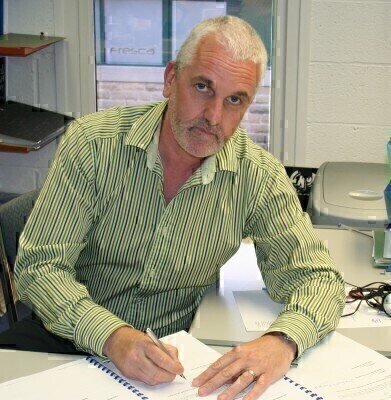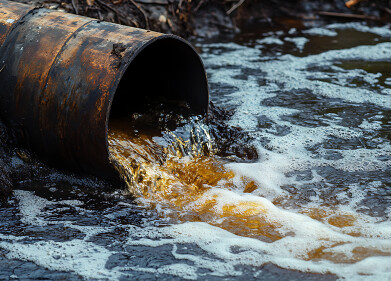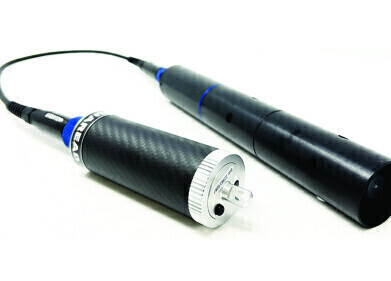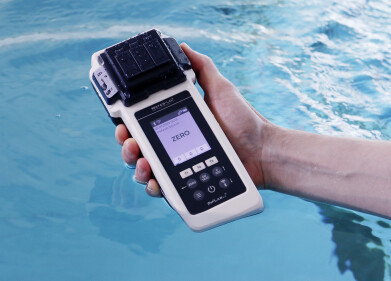Water/Wastewater
Roundtable Meeting Highlights Move towards Self-Monitoring of Trade Effluents
Aug 12 2012
A business-wide roundtable on effective, environmental-monitoring programmes for industry has highlighted an increasing move towards self-monitoring of effluents. Covering a wide range of industrial sectors, such as food and beverage, pharmaceuticals, metal finishing, waste-water treatment-works and chemicals, this trend has been highlighted at a time when the Environment Agency’s confidence in monitoring equipment is greater than ever. The increasing uptake of electronic methods of data monitoring was also recognised, including the use of plasma screens, text alerts and email alarms to highlight compliance issues. The Environment Agency also predicts that in the future, it will become commonplace to simply view plant effluent-levels remotely online.
The roundtable, which was hosted by the specialist electrochemical-sensor manufacturer, Analytical Technology (UK), included representatives which spanned regulators, industrial-users of monitoring systems, suppliers and installers of monitoring equipment and providers of effluent- treatment solutions. As the need to protect the environment increases and environmental legislation continues to tighten across Europe accordingly, the expert panel, including representatives from the Royal Mint, the Environment Agency (EA), Analytical Technology (ATI), Environmental Monitoring Solutions Ltd. (EMS) and Integrated Effluent Solutions (IES), discussed the challenges associated with complying with regulations and ensuring environmental protection.
Graham Hartry, Environment Manager at the Royal Mint commented: “Traditionally, the EA would conduct spot sampling on site; now, we are required to supply effluent-monitoring data to the EA in order to demonstrate compliance. This is part of a move towards self-monitoring.”
Paul Wiggins, Technical Advisor at the EA added: “Monitoring equipment has improved dramatically in the last ten years and in the majority of cases, we can now rely on operators to monitor their own effluent. As a result, we need to trust the results and that is why our Monitoring Certification Scheme (MCERTS) is important.”
The strength of MCERTS was reinforced by all parties with a consensus that MCERTS equipment is proven to offer greater reliability and longevity. Rick Gould, Technical Advisor at the EA commented: “Since we introduced MCERTS in 1998, it has become essential for all air-monitoring equipment to have this certification and we expect that the water monitoring industry is also moving in this direction. When I took up my role twelve years ago, just eight emissions-monitors, for example, were certified to the MCERTS standards, whereas now this number exceeds one hundred.”
Graham Hartry added: “I would be more inclined to purchase MCERTS equipment even if it is not situated on the final discharge because it gives me more confidence in the accuracy and the life span of the product.”
Digital Edition
AET 28.4 Oct/Nov 2024
November 2024
Gas Detection - Go from lagging to leading: why investment in gas detection makes sense Air Monitoring - Swirl and vortex meters will aid green hydrogen production - Beyond the Stack: Emi...
View all digital editions
Events
Dec 02 2024 London, UK
Dec 03 2024 Dusseldorf, Germany
Dec 11 2024 Shanghai, China
Jan 12 2025 Abu Dhabi, UAE
Jan 14 2025 Abu Dhabi, UAE








.jpg)










